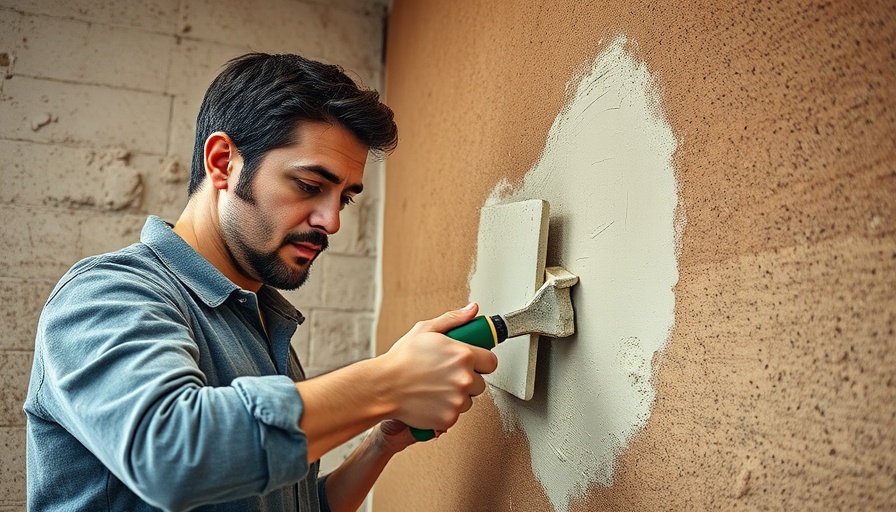
Achieving the Perfect Flat Wall: Bonding Plaster Techniques You Need to Know
Creating perfectly flat walls is an essential skill for anyone involved in commercial and residential plastering. The video titled BONDING PLASTER: How & When To Use It (FLAT WALLS GUARANTEED) provides practical insights on how to achieve this using bonding plaster. In this article, we delve deeper into these techniques while exploring the importance of proper methods in various plastering applications.
In BONDING PLASTER: How & When To Use It (FLAT WALLS GUARANTEED), the discussion dives into essential techniques for achieving flat walls, exploring key insights that sparked deeper analysis on our end.
Understanding Bonding Plaster: A Key Material
Bonding plaster plays a crucial role when working with plasterboard, which lacks adequate surface keying. By selecting bonding plaster designed for low to medium suction backgrounds, plasterers can efficiently work and achieve that flat surface we all strive for in plastering jobs. It is not just about applying plaster; it’s about applying it correctly.
Essential Techniques for Applying Bonding Plaster
The first step to a flat wall is effectively applying the bonding plaster. Instead of using a trowel to achieve a refined finish, an essential secret is using a straight edge to remove high spots and create a level surface. This method allows for better control and precision during application, ultimately leading to better results.
Moreover, applying the product in sections and ensuring it remains slightly proud of surrounding areas creates the opportunity for adjustments later on. Attention to low spots is essential too, as they can be filled as needed, minimizing the likelihood of a wavy finish.
Finishing Techniques That Stand Out
One important aspect highlighted in the video is the significance of float and cross troweling. Applying plaster both horizontally and vertically leads to a smoother, flatter finish. The float serves not only to provide a textured surface for adherence but is also instrumental in leveling and ensuring that high spots are diligently addressed before setting.
Timing is everything when it comes to plastering. The application should only proceed once the initial layer of bonding plaster is firm but not fully set. Utilizing varied techniques can also resolve issues with fast-setting materials, allowing for a more manageable workflow.
The Importance of Proper Technician Detail
Understanding the nuances behind how to plaster a wall can result in better craftsmanship and overall project satisfaction. Techniques such as using dirty water to speed up setting times or applying PVA while the bonding is still tacky enhance the plastering experience, optimizing both time and results.
Engaging a professional for commercial plastering services brings expertise to the forefront, ensuring high-quality results. Whether you are a homeowner or a contractor, incorporating these bonding plaster techniques can significantly impact your project outcomes.
Conclusion: Elevate Your Plastering Skills
Now that you’ve gained insights into the effective use of bonding plaster, consider how these techniques can directly improve your plastering work. For improved results, it’s crucial to adopt and practice the right techniques consistently. If you are seeking professional domestic & commercial plastering services in London, now is the perfect time to consult with experts who can provide tailored solutions to your plastering needs.
 Add Row
Add Row  Add
Add 




Write A Comment